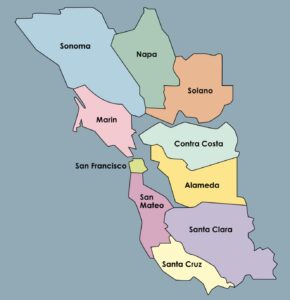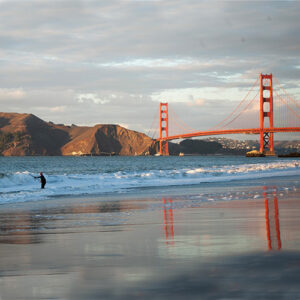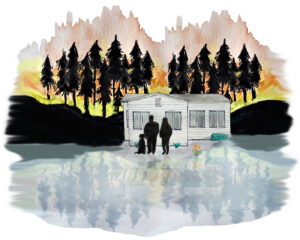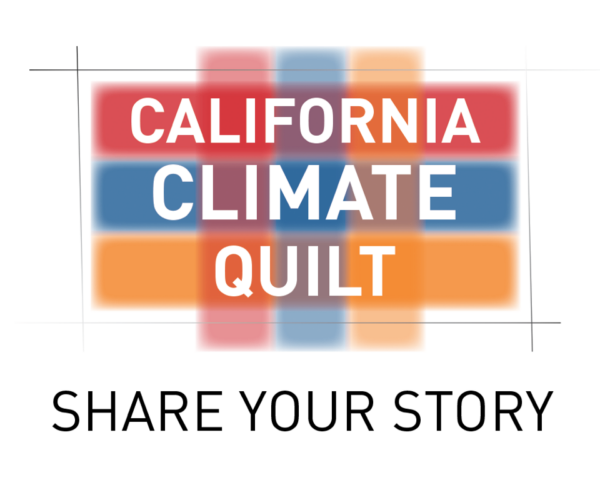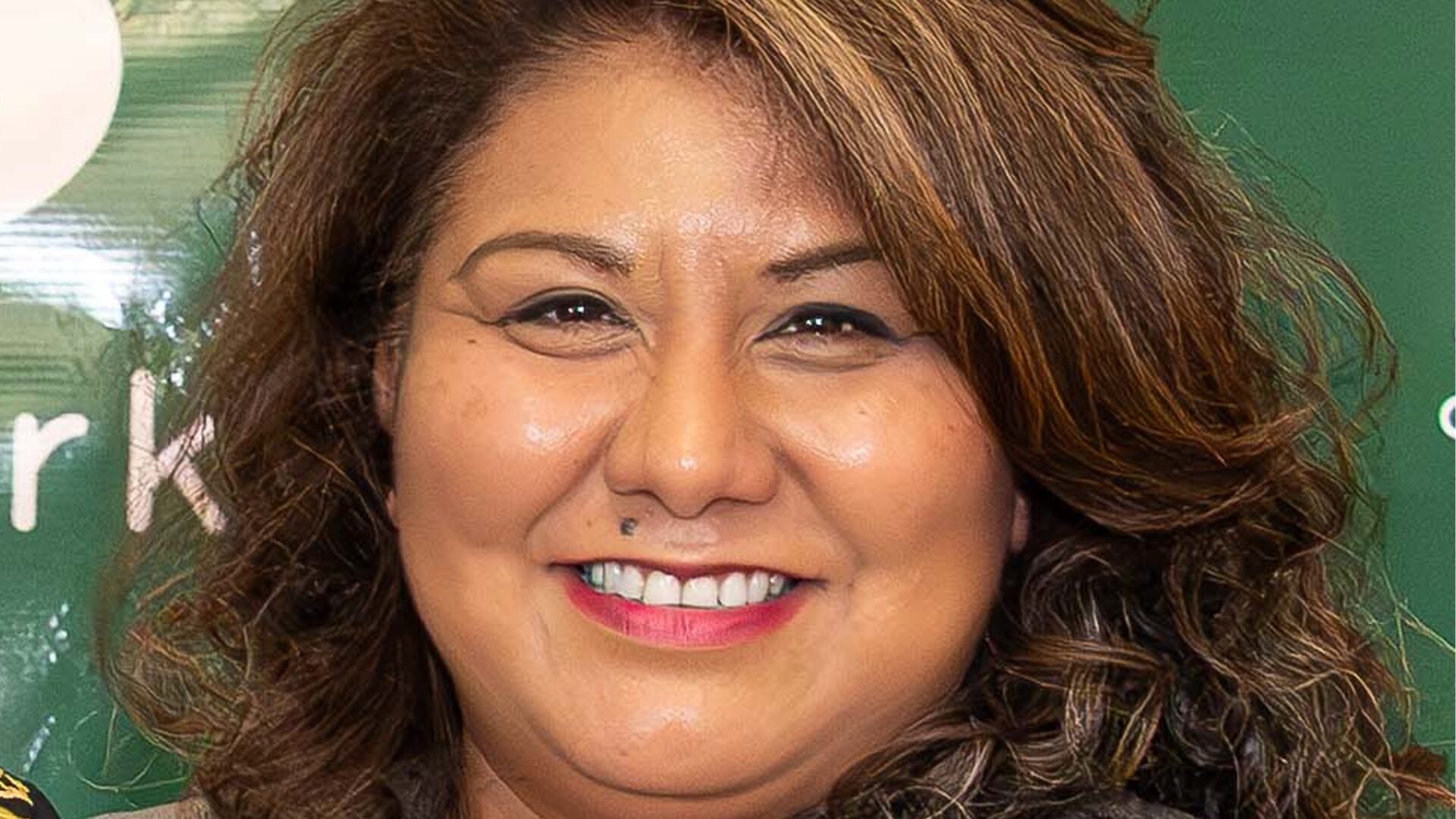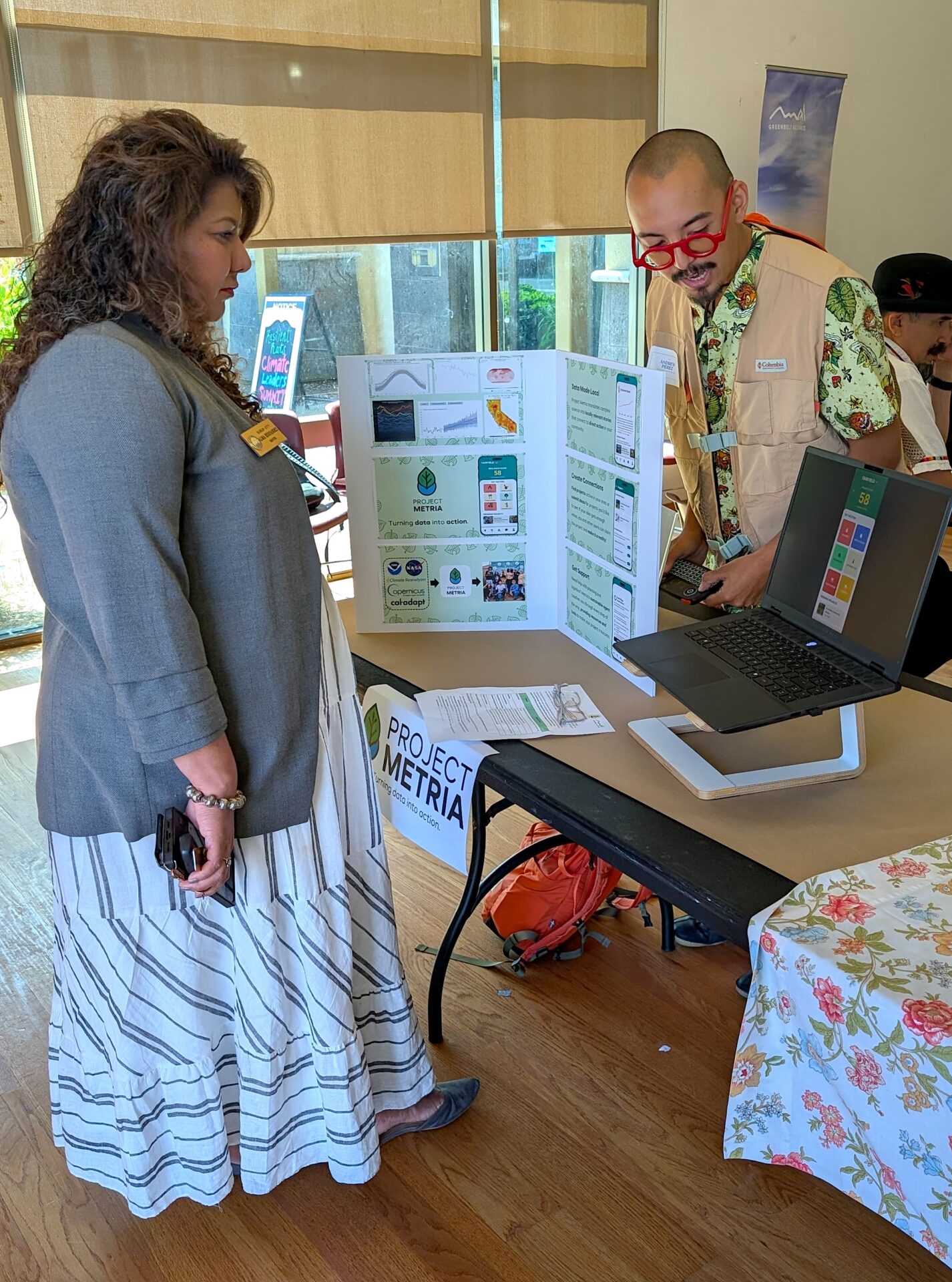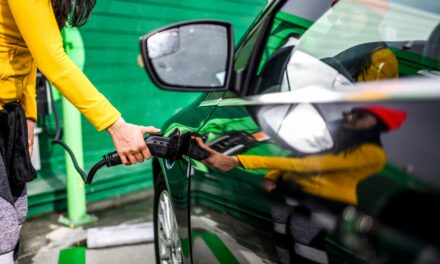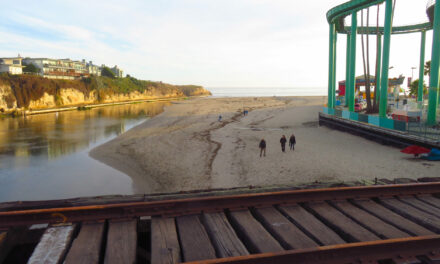Mayor Pushes Suisun City To Do Better
Suisun City Mayor Alma Hernandez fell into the fight to protect her city from rising seas almost by accident. More than a decade ago, her sister, Zuleyma, invited her to a conference in San Francisco. Though she wasn’t particularly interested, the promise of an afternoon out and dinner in the city was enough to say yes. It ended up changing her life. For days, she couldn’t stop talking about a single fact: that the foam cup she drank coffee from would outlive her. That she would live, die, and decompose before the cup ever did.
“From that conference, I could understand that my day-to-day actions — how I recycle, how I reuse, how I use energy, how I use plastic bags — have an effect,” she says.
Since then, Hernandez has devoted herself to preparing her community for a warming world. With only seven feet above sea level, Suisun City, where she’s lived since she was seven, sits just seven feet above sea level. Already vulnerable to flooding, the threat has grown with each passing year. Two centuries of fossil fuel emissions have trapped heat in the atmosphere, melted polar ice, and expanded the oceans. Since 1901, global sea levels have risen seven inches, with nearly half of that in just the past 30 years. Suisun’s southern neighborhoods, especially those south of Highway 12, are expected to face regular extreme flooding by 2050. By the end of the century, large portions of the city could be under as much as five feet of water.
Other Recent Posts
Learning the Art of Burning to Prevent Wildfire
In Santa Rosa’s Pepperwood Preserve, volunteers are learning how controlled fires can clear out natural wildfire fuel before it can spark.
Martinez Residents Want More Than Apologies — They Want Protection
After a 2022 release of toxic dust and a February 2025 fire, people in the northeast Bay town are tired of waiting for safety improvements.
Weaving Fire Protection Out Of What’s Already There
A new Greenbelt Alliance report shows how existing vineyards, grasslands, and managed forests can slow wildfire and save vulnerable homes.
Fall Plantings Build Pollinator Habitats in Concord
Community groups, climate advocates and a church are coming together to plant pollinator gardens as monarchs, bees see population declines.
Newark Needs Housing, But Could Shoreline Serve A Higher Purpose?
The Bay Area needs more affordable housing, but would 196-homes or a buffer against sea level serve local needs better in the years ahead?
Her first real introduction to the science of sea level rise came through Sustainable Solano, a grassroots group focused on building climate resilience across the county. She calls it one of the best local “efforts to educate the community.” That experience helped her connect the dots, especially around a place she had known existed, but had not grasped its importance: the 85,000 acres of marshland south of Suisun City, the largest on the West Coast.
Home to more than 300 species, the Suisun Marsh absorbs floodwaters like a sponge, slows erosion, and acts as a living levee. Even if emissions were to stop, the seas would continue to rise for decades due to the heat already locked into the atmosphere. In that future, the marsh is not only Suisun City’s, but Solano County’s best defense against an almost inevitable flooding future.
One of Alma Hernandez’s earliest projects involved cleaning up the marsh and local parks. She worked with two members of the city’s Environmental and Climate Committee, which advises the Suisun City Council and commissions on environmental issues. After collecting data on what types of waste were most common — cigarette butts, plastic bags, and lottery scratchers — they recommended switching to trash cans with closed lids to prevent trash from blowing into natural areas. The change, she says, helped reduce waste both in the parks and the marsh.
“It taught me early on that when you understand what you’re trying to solve,” she says, “you can design a real change.”
In 2018, Hernandez joined the committee herself. She was elected to the City Council two years later, and in 2022, made history as Suisun City’s first Latina mayor. That same year, she received an award from the U.S. Conference of Mayors for her “efforts to address the climate crisis.” The recognition came from a project that upgraded the city’s streetlights and government buildings with energy-efficient lighting and ventilation systems. Solar panels were also installed over public parking lots.
The impact, she says, wasn’t just environmental, as it also helped lower energy bills and saved taxpayer money.
From the dais, Hernandez has continued to push for policies that protect Suisun from rising seas. One key initiative has been updating building requirements in flood-prone zones. New developments in these areas must now be built at higher elevations. The change, she says, does more than protect homes from future flooding; it also saves residents’ money. “They’re not required to have flood insurance,” she says, “because the height of their homes meets the threshold where it’s not required.”
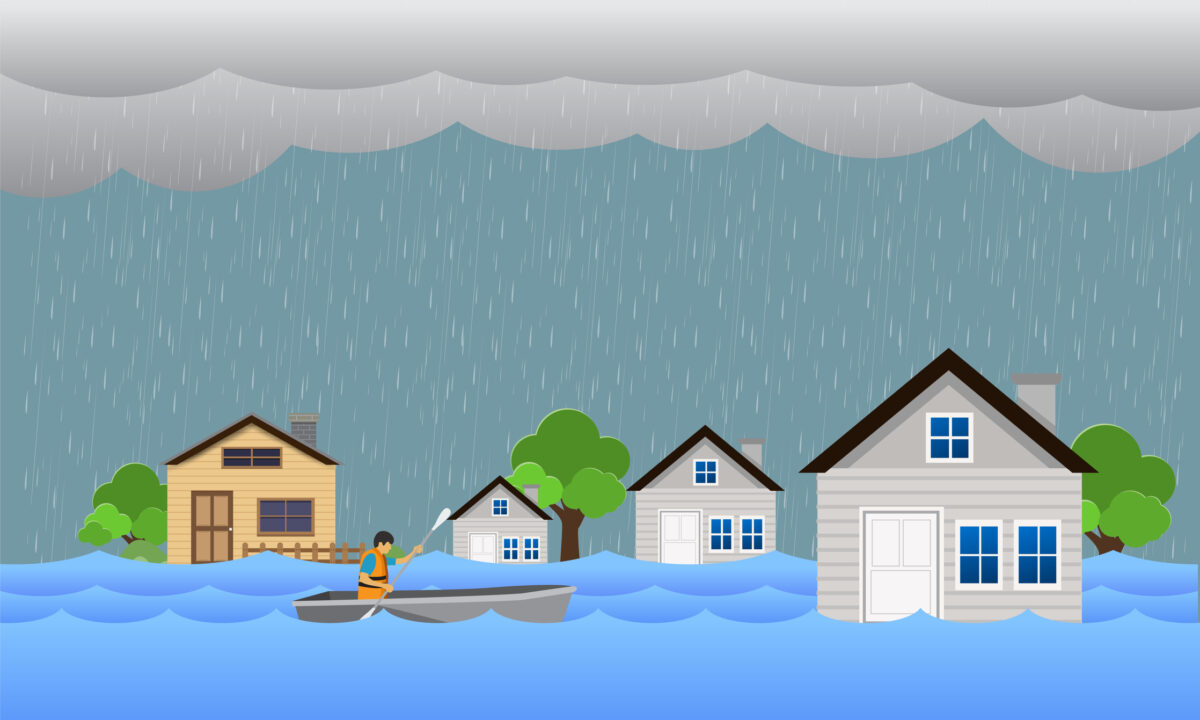
Image: I-Stock
But as she works to shore up the city’s resilience, Hernandez is also keeping a close eye on what’s next. One of the biggest uncertainties is California Forever, the billionaire-funded proposal to build a new city from scratch in southeastern Solano County. She sees the project as both an opportunity and a risk. On the one hand, the city and the proposed shipyard could bring much-needed jobs to a city where, according to census data, over a third of its residents commute to work outside the county. “There are environmental effects to that,” she says. “Each time people are driving, they are using gas.” On the other hand, it raises serious concerns, particularly with rising seas.
“Suisun City is currently asking the question of whether we should annex some of the California Forever land for ourselves,” she says. “There may be a need in 50 years to have part of the downtown community shift upland. But we’re pretty landlocked. One of the things Suisun City can do is safeguard land so we have the opportunity to grow.”
That long-term view is shaped, in part, by the marsh. Hernandez knows how essential it is, and she sees herself — and all of Suisun City — as its caretakers. Last year, she pitched Sustainable Solano an idea to take their well-known flood walks in the marsh a step further: offer them in Spanish. Her goal was to reach more residents in a city where nearly one in three people are of Latin American origin and help them understand flooding, sea level rise, and rainwater management in the language many speak at home.
“They immediately were like, ‘Absolutely,’” she recalls.
She translated the materials herself and led the walk.
“The walk introduced many of our community members to that part of the marsh they didn’t know,” she says. “When we talk about environmental justice, it’s about including everyone, and helping people see how their story connects to the environment, to the earth.”

